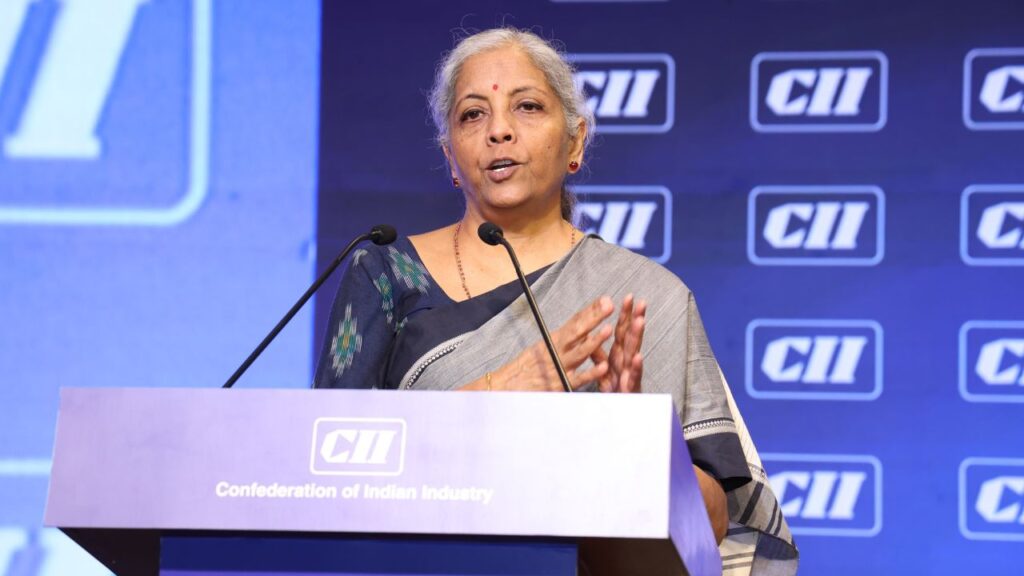India has emerged as a key investment destination for many Western companies, according to the latest UN report on the World Economic Situation and Prospects. The report has raised India’s GDP growth forecast by 0.7 percentage points to 6.9 percent, citing increased foreign investments as a significant factor boosting the country’s GDP growth.
Hamid Rashid, chief of the UN’s Global Economic Monitoring Branch, explained that India’s improved economic outlook is driven by lower inflation, strong exports, and a rise in foreign investments. He emphasized that India has become an attractive investment destination for many Western firms.

At the CII annual summit, Finance Minister Nirmala Sitharaman highlighted a Capgemini report which revealed that 65 percent of top executives from multinational companies planning to move their supply chains out of China are considering investing in India.
A prominent example is US smartphone giant Apple, which, along with its suppliers, aims to manufacture over 50 million iPhones annually in India within the next two to three years. Apple’s biggest supplier, Foxconn, is significantly expanding its manufacturing operations in India.
Foxconn has received approval for an additional investment of Rs 13,911 crore in its new facility in Bengaluru Rural District, adding to the Rs 8,000 crore approved earlier this year.
Foxconn’s iPhone manufacturing facility near Kempegowda International Airport in Bengaluru is set to produce one lakh units by December 2025, 50 lakh units by December 2026, and one crore units by December 2027. Apple CEO Tim Cook recently emphasized India’s importance to the company, highlighting record revenue in the March quarter and describing India as a major focus.

US chip giant Micron Technology is also investing in India. Micron is setting up a factory in Sanand, Gujarat, with an initial investment of $825 million, part of a total $2.75 billion project. This investment comes after Prime Minister Narendra Modi’s visit to Washington and is supported by India’s PLI scheme, which provides substantial fiscal incentives.
Micron’s plant, expected to transform Sanand into a high-tech semiconductor hub, is the first major project under the Indian government’s $10 billion incentive plan to attract global chipmakers. The Tata Group has also announced plans to invest in semiconductor units in India.

Finance Minister Sitharaman emphasized the government’s commitment to boosting the manufacturing sector as part of the Aatmanirbhar Bharat campaign. She highlighted the success of the PLI scheme in transforming the electronics sector, noting that 99 percent of mobile phones are now made in India, compared to 78 percent import dependence in 2014. The telecom sector has also achieved 60 percent import substitution, reflecting greater self-reliance under the Aatmanirbhar Bharat policy.


